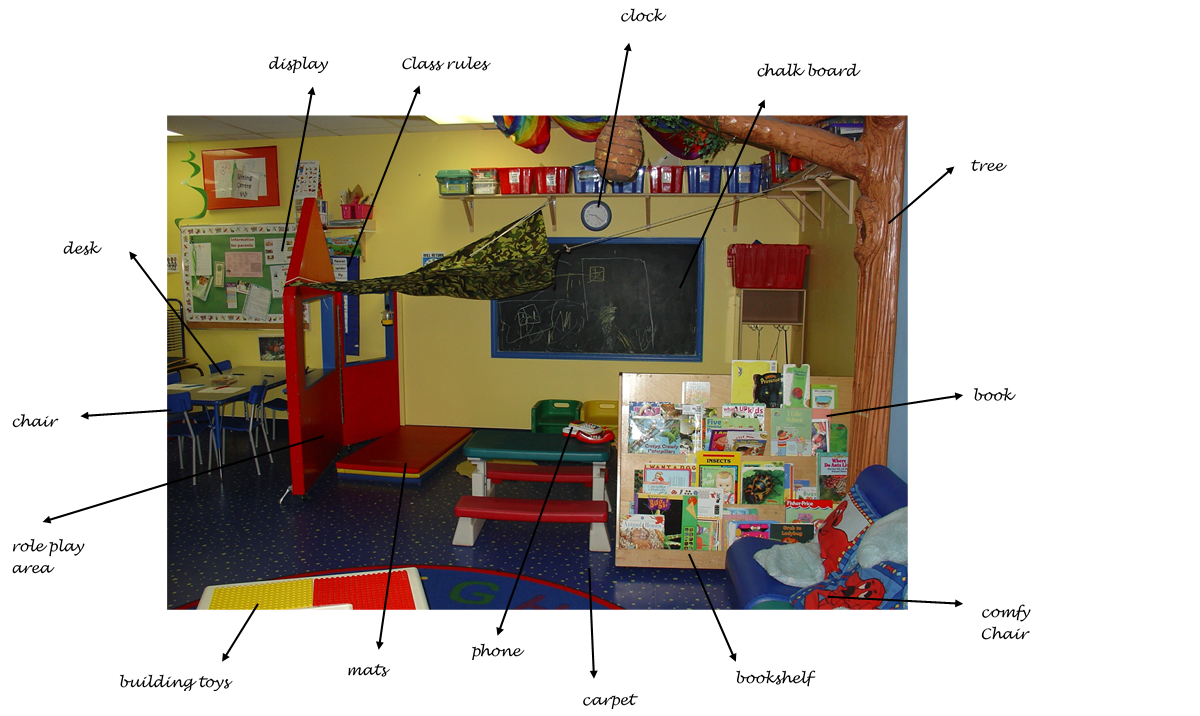Beth Southern, an EAL consultant from near Manchester, explores ways to build the vocabulary and writing confidence in EAL learners within international Summer Schools or mainstream classrooms via the use of images. Today she shares one of those ideas with SSD.
Children learning English (EAL pupils) need structure to build their vocabulary and understanding of grammar structures. A writing lesson may fill an intermediate learner of English with a sense of dread but there are so many ways that a teacher can build up language and a piece of writing from one small starter activity. Today I will share a concept that I coined “photo blooming” – from one photo stems a whole host of writing activities which eventually blooms in to a piece of writing that the child didn’t even realise they were producing! Photo Blooming can be used in so many areas from pre-teaching topic themes to building understanding of class texts or even simple thematic areas such as teaching colours and animals.
Photo Blooming - step 1
Choose an image that is relevant to your learners and an area in which you would like to build vocabulary and understanding. I have chosen a classroom for the benefit of this blog.
Study the photo with learners and ask them to name anything they recognise, add labels. Now ask them to point out any features on the photo (even if they don’t know the name). Write these labels on too and ask the children to say the labels as you go.
Give children a copy of the photo to stick in their books and have them label the photo themselves, using the group image as required.

Photo Blooming - Step 2
Children categorise the words from their image however they life – words starting with ‘b’, words with an ‘a’ in, items that you sit on etc.
Next ask children to use peer chat, bilingual dictionaries or their own imagination to add five new words to each of the categories.
Each child will now have around 30-40 word and because they found them themselves, they should have a good understanding of their meaning.
Photo Blooming - Step 3
Provide 10 cloze sentences that children can complete using their new word bank. For example:
‘The _________ is on _____________________.
The ____________ is red and is next to ___________________.
A ____________ is on the wall.
Once children have completed their cloze sentences get them to read out some of the sentences and demonstrate the chosen items on the photo.
Next get the children to categorise the sentences however they like, such as ‘sentences with colours in them’, sentences with the word the ‘on’, sentences with ‘wall’ in them.
Get them to write two more sentences to fit their categories. What else is on the walls? What colours are other things on the photo? What other items are on top something?
For many students this will be enough writing from one image and they will have created a concrete understanding via scaffolded support from the teacher and their peers and will have a far greater understanding of the vocabulary involved within the image than before they began.
Photo Blooming - Step 4
Depending on the level of students they could, at this point, move to step 4 and begin to write more complex sentences integrating the additional information that they are adding to create paragraphs. For example they could look at adjectives, sentence openers, organising paragraphs and conclusions.
Once this step has been completed, the children’s writing will have ‘bloomed’. They will have produced a structured piece of writing based around a single image, which they have engineered every step of the way through the choices they made for categorising and choosing additional information.
Learners I have used this with always have a real sense of achievement at what they can achieve and a solid understanding of the topic, theme, example or idea within the image. They are usually very confident in what they have produced and therefore desperate to share it with the whole class.








